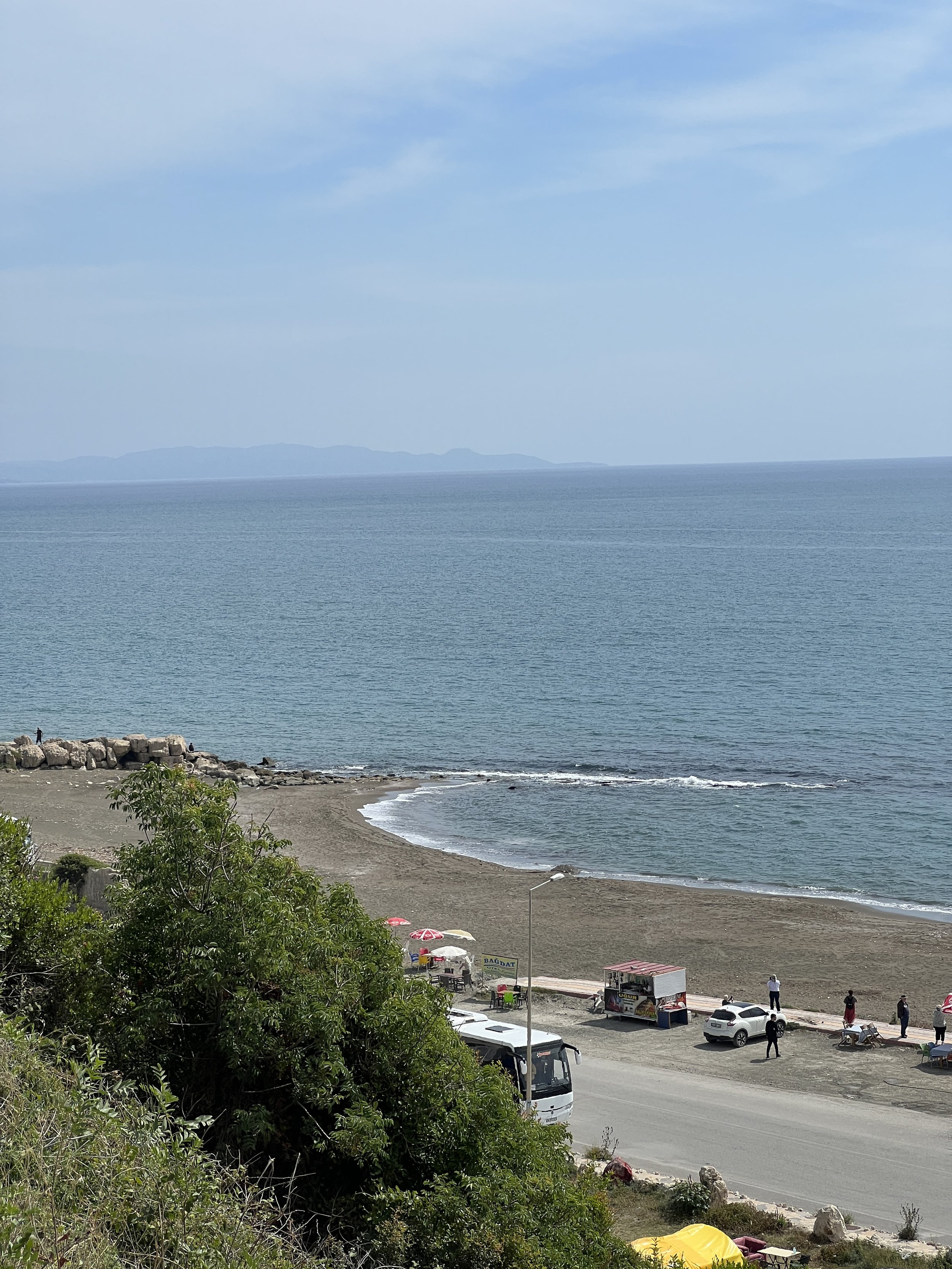Seleucia Pieria (Samandag, Turkey)
“So, being sent out by the Holy Spirit they (Saul and Barnabus) went down to Seleucia …” Acts 13:4
One of Alexander the Great’s Generals who ruled a portion of the empire after Alexander’s death, Seleucus I Nicator of Syria, had his capital city at Antioch on the Orontes, or Syrian Antioch (Antakya Turkey today). Around 300 BC Seleucus had the port of Seleucia Pieria built for the city. Later under Roman rule, it was made a free city and in the 1st century AD was a base for the Roman imperial fleet. Like many ancient ports in Asia Minor, silting was a problem and required constant maintenance. In 256 AD there was a severe earthquake that was the final end to the city. This is still an earthquake prone area with the city of Antakya and Samandag sadly being heavily damaged in the most recent 2023 earthquake.
The Apostle Paul and Barnabus left on their first missionary journey from Seleucia Pieria. Paul likely passed through here several more times in his travels because it was the port of Syrian Antioch from where he very often came and went. There are areas of archeological remains of Antioch and Seleucia that we haven’t seen even though we’ve visited a couple of times. There are remains of a gate, a temple base, city walls and an amphitheater. In 2023 the earthquake damage limited the roads we could use. At the shore of the Mediterranean, there are visible remains of the ancient man made harbor of Seleucia Pieria. The view of Mount Casius (Jebel Aqra) , on the border of Turkey and Syria, is beautiful from the old harbor and hills of Seleucia Pierea. The architectural marvel, the Titus Tunnel, is nearby and can be hiked for the entire length. The Titus Tunnel was constructed beginning in 70 AD to divert water from the rivers and stream when they overflowed and move it out of the cities of Antioch and Seleucia. It is massive: 20 feet tall and wide on average and 3,070 ish feet long. It wasn’t finished until the rein of Titus in the 80’s AD and he involved Jewish prisoners in the work. In the hills are rock cut graves called the Besikli cave tombs from the 1st century AD with older graves throughout the hills. In nearby Antakya (built over Syrian Antioch) is the cave Church of St Peter built by Crusaders in the 1100’s AD. The mountainside all around has niches and caves and tunnels. Each time we’ve visited we’ve been unable to enter the church due to structural issues, the last time due to the earthquake.
We hear that the Hatay Archeological Museum is spectacular, especially their collection of mosaics. They are repairing from earthquake damage and hopefully someday we will be able to visit. We continue to pray for the people who live in this place as they rebuild and come to terms with tremendous loss.
Are of the ancient port of Seleucia Pieria on the Mediterranian Sea, with Mount Casius in the background.























